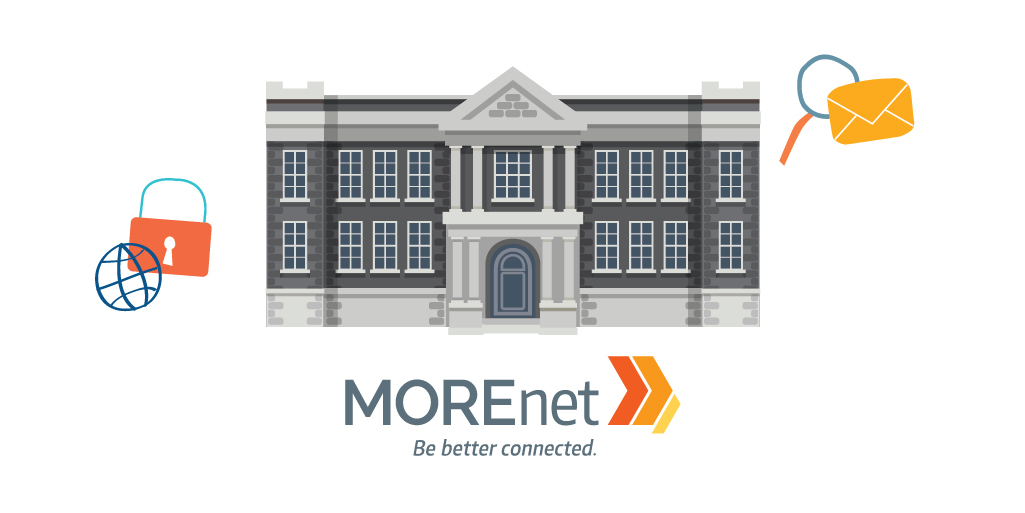
Web browsers have a feature built in to help us keep track of passwords. Although meant to be a convenience, the autosave password function of your web browser puts you and your network at risk.
It can be a struggle keeping track of all those passwords to the different sites that require an account. If you have used the web for any length of time, the number of accounts has likely turned into a mountain of usernames and passwords. To help us not write them down or use the same credentials for every site, browsers have a built-in autosave feature. Chrome will even save credit card numbers along with the username and password.
Why is using this feature so bad? Because it is so easy to view passwords in modern web browsers. Anyone who gets into your machine gets the keys to the kingdom. It doesn’t even have to be malicious. Allowing someone to jump onto your machine to check an order status could lead to you buying them a gift or them giving you their credentials. If this sends you running to other browsers, hold up one second.
This feature is also built into Edge, Firefox and Safari. The good news is that Windows 10 and macOS have gotten better by requiring a master password on Chrome.
So if you shouldn’t save them in the browser, write them down or use the same one over and over, what should you do? Use a password manager. There are many password managers that will keep track of your passwords, encrypt them in storage, and even generate good passwords for all the sites that require them. Two of the more popular ones are Last Pass and KeePass. Both of which have free and paid versions. You can have different passwords for every site with little effort locked behind one master password your passwords will be unique and protected. Most password managers will even allow you to take notes about each site to help you be even more organized.
